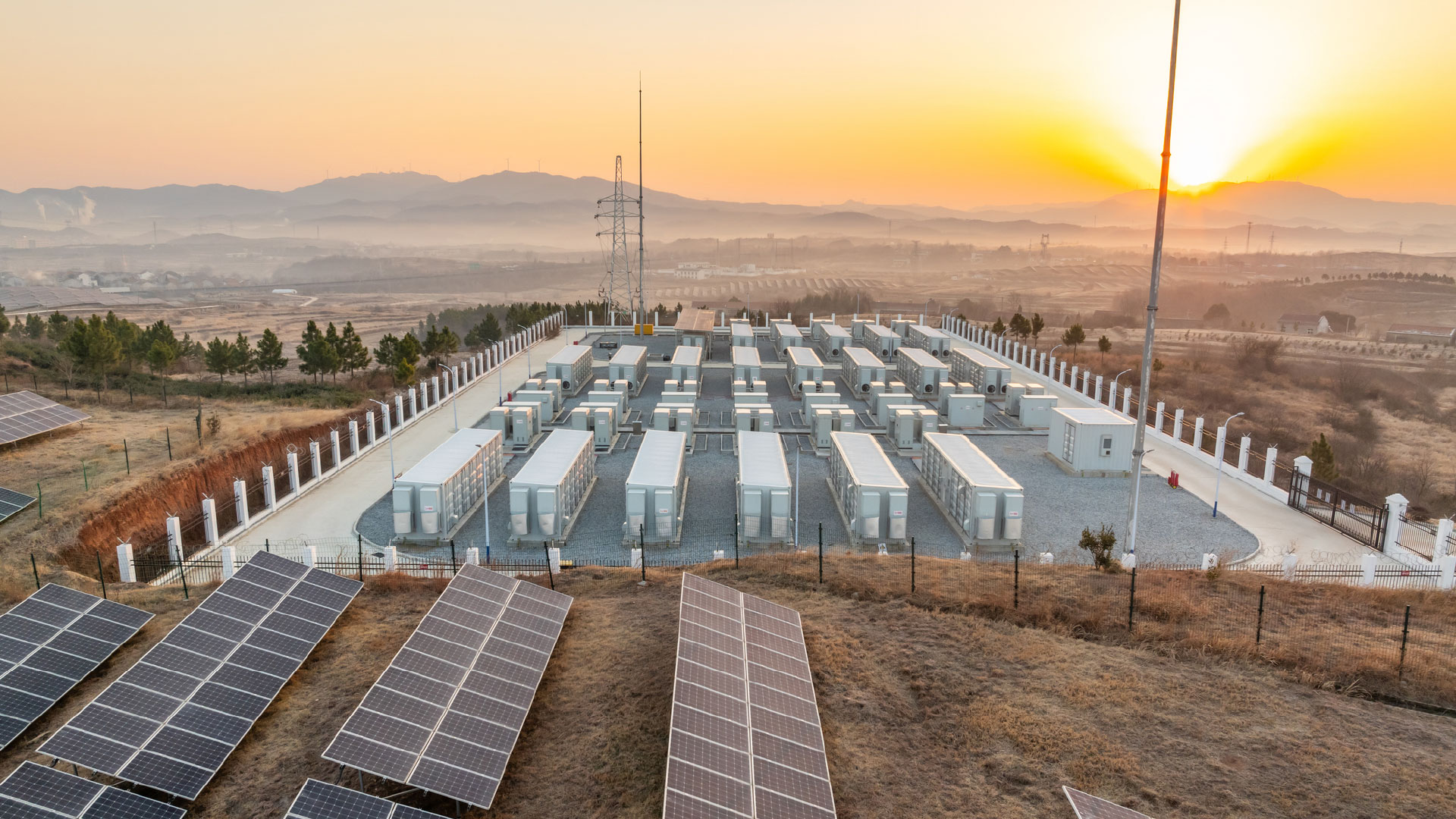Fusion On The Corporate Radar: PPAs In The Mid-Term Clean-Energy Mix
Nuclear fusion has long been the holy grail of clean energy: carbon-free, virtually limitless and more compact than renewables. While commercial viability is still several years away, corporate interest in fusion-based power is gaining momentum. Recent breakthroughs – such as Germany’s Wendelstein 7‑X stellarator maintaining high-performance plasma for 43 seconds and California’s National Ignition Facility achieving net energy gain – have shifted fusion from theoretical to feasible. That development has prompted major investors and businesses to engage, via long-term power purchase agreements (PPAs). Recently, we have seen agreements between:
- Microsoft and Helion Energy.
In May 2023 Microsoft secured a 50MW PPA with Helion Energy to begin in 2028, marking the world’s first fusion-based power agreement. Helion’s Polaris prototype aims to deliver grid-connected fusion power, with Microsoft backing it to help decarbonize its data centre network.
- Google and Commonwealth Fusion Systems (CFS).
In June 2025 Google signed a PPA for 200MW from CFS’s planned ARC plant in Virginia (400MW capacity), starting in the early 2030s. Google also holds options for future offtake from additional CFS reactors, signalling deep strategic commitment.
So why are firms doing this now?
- The tech sector is energy-hungry – and growing fast.
AI workloads and data centres are pushing electricity demand to new highs. These businesses need dense, clean and reliable power – and fusion offers a futureproof option.
- PPAs give early-stage fusion developers bankable revenue streams.
This makes it easier to raise capital and hit engineering milestones.
- Being first in line for fusion gives firms reputational and competitive advantages.
Early adopters like Microsoft and Google are locking in future capacity before commercial demand soars.
Other players are watching closely. Steelmaker Nucor has expressed interest in fusion for industrial decarbonization. As fusion technologies inch closer to commercial reality, other energy-intensive sectors – such as chemicals, advanced manufacturing and AI infrastructure – are expected to follow, drawn by fusion's promise of consistent, carbon-free energy. Investors are responding too: CFS recently raised $1 billion to accelerate construction of its ARC reactor.
Of course, challenges remain. Fusion still has major technical and regulatory hurdles to clear, including around plasma control, material durability and grid integration. But the fact that major corporations are willing to sign multi-decade contracts today signals a shift: fusion is now seen not just as a scientific aspiration, but as a strategic asset in the clean energy transition.
About The Author

Hector Aguirre
Industry Analyst




